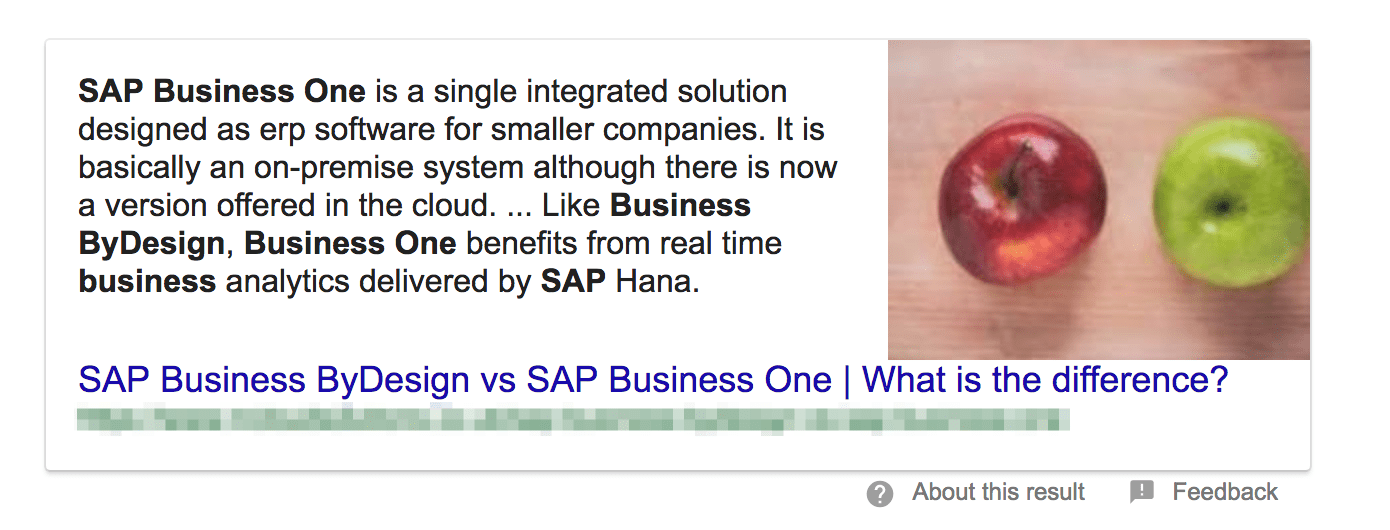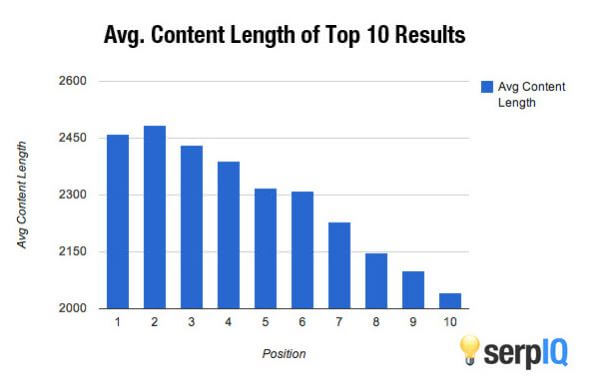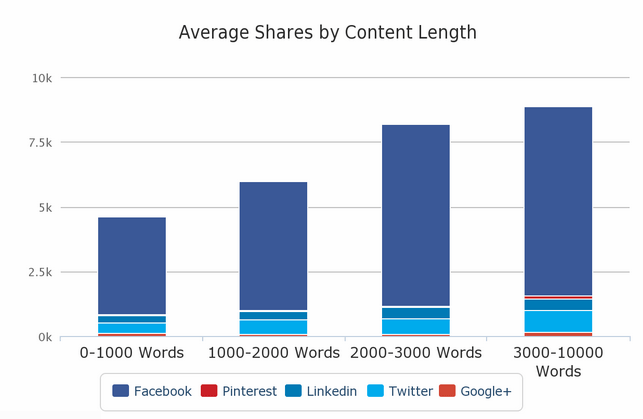The exact steps we took to get it
We have been getting featured snippets for high-authority domains since Google first introduced them. A domain with authority in the 20s is a different story.
“It can’t be done for such a low-authority domain”, they said.
“You’re wasting your time”, they said.
To which we replied: “yes it can, and no we weren’t!”
What is a featured snippet?
Often referred to as “position zero”, a featured snippet is really the holy grail for SEOs. It is the first organic result, boxed off at the top in its own little position as an instant answer to whatever has just been searched.
There is a lot of cross-over with this and ranking for voice search, which is growing in volume at a rapid rate.
So how did we get it?
A wise man (Winston Churchill?) once said: “he who fails to plan is planning to fail”.
Planning at a keyword research level is key. Let’s explain exactly how it’s done…
Seed Keyword Research
Using keyword research software, heavily research your core topic and keywords.
At this stage, we are trying to extract questions; direct questions or implied.
- What is…
- When was…
- How do I…
- X versus Y
- X or Y?
- Best…
With a deep knowledge of schema, you can take this a level further – something we’ll delve into another time.
Volume vs competitiveness
This is really important.
Not all feature snippets are created equal. Some you will not win. You will not ever win “where is Google headquarters”:
Sorry about that.
Anyhow, with our tools we are able to get data on:
- VOLUME – simply the volume of monthly searches
- DIFFICULTY – number and quality of competitors for this search term
Tier your ‘question’ terms by difficulty and get your content writer in the seat next to you right now…
That is not to necessarily say do not target the high difficulty terms, it is still possible to win with truly great content – but this exercise shows you what to expect.
Check the search results page for each term
You have some nice data, now to put some context into it.
Type in the question terms you have chosen to Google.
- What do you see? Are the result headlines actually answering your question!?
- Is there even a featured snippet at all?
We also use Chrome Extensions to overlay each result with:
- Domain Authority
- # Backlinks to page
- #Backlinks to root domain
…but this is more for curiosity. The content is king.
So much so that we have gotten featured snippets for sites without a single page backlink, with early-stage authority and not that many root domain backlinks!
Check their content
Read this step carefully, and spend good time on it.
Generally speaking, do not be put off by results with higher authority, more backlinks, and so on.
If your content is better than theirs; more relevant, more readable, answers the question better – you can still win.
So the next step is: read their content!
Is it any good? Could you do better?
You’d be surprised at how many articles turn out to be 200 words, 3 paragraphs, skim over the whole question at hand and aren’t really that helpful.
Even if you’re up against 70-80 domain authority, you can still win these battles.
We recommend spending a good hour looking at results and content.
Then apply some common sense and answer: is this really winnable?
Make your content the King
If you spend 10 minutes thumping out some light content for the sake of having the content, you will fail to rank.
Ultimately, the best content will win. In fact, the winner is a fairly simple equation: SERP CTR x Content Quality (time on page/site) = Wins!
Let’s back that up with some facts.
- SERP IQ analysis on content length shows that the top 3 ranking articles are longer on average (2300+ words)
- Buzz Sumo’s social analysis also shows that longer form content is shared more
YOU CANNOT SKIM OVER THIS – YOU NEED TO WRITE BETTER CONTENT THAN YOUR COMPETITORS.
Not necessarily for everything, just everything you want to rank for!
You don’t have to write 2300+ words, it depends what you’re up against. Have a very good idea of the word counts you are competing with though. We use expensive software that goes into great detail, you may find this free word counter extension useful.
The visitor needs to stay on your page/site longer than the competition’s for this search term.
Content Structure
If you’re after a featured snippet, structure is important. Don’t rush an article out without following these golden rules.
1. Headings
Firstly, get your H1-H5s in order (H1-H3 minimum for long content).
Some SEOs have suggested that making every heading an H1 helps get featured snippets, but we have never found that to be the case. If you are failing to get the revered position zero it may be worth a try though.
Well-structured headings help Google decipher your answer though, so get your headings in order.
2. The Main Heading
Absolutely, categorically include the question being answered.
The goal of the meta-title and meta-description is purely to be more click-able compared to the competition for the question at hand.
3. Semantic Keywords
We use expensive tools, there are other free ones on the internet – get a list of semantic keywords and terms for the topic at hand, and make sure you use them in your article. If you’re an expert in the field you are writing about, you will use semantic words without even trying. If you are not an expert in the field, this step is more important.
4. Outbound link
…to high authority websites where relevant, especially on your semantic keywords.
5. Internally Link
…to other relevant pages in your own repertoire, other blog posts and especially service pages wherever relevant.
Linking gives context. And it’s all about context.
Content Tips
You can only beat what’s in front of you, so what you need to create depends on your competition for the question at hand.
The winner will ultimately keep people on the page/site for longer than the rest. That’s why long-form content is so important.
Beyond length, what else can help keep visitors engaged?
- Videos – even if just 1-2 minute summaries, lots of people prefer video
- Infographics
- Charts and other visual aids
- Animated GIFs, if light humour fits the tone
- Leading sentences – i.e. why you *must* read the next paragraph, why you *must* get to the end of this article
- Examples
- Case Studies
- Lists: e.g. of features
These things can all help, don’t forget the true goal though: answer the question, in great depth!
Once you have a Feature Snippet
Get a FREE SEO Audit Report for Your Website
Okay, you’ve done all the hard work and got it. You will be getting hundreds, thousands or even hundreds-of-thousands of new visitors every day now.
Then what?
Make the most of them!
There is value here regardless, to that visitor you now have brand awareness and have shown off some expertise – a percentage will remember that.
To capitalise (remember, featured snippets don’t necessarily last forever!) you should now:
- PPC Re-target this audience with a specific message
Re-targeting is relatively cheap per click. Do it, cross-network, on at least: Google Display Network, Facebook and LinkedIn if B2B. You need Google Analytics set up properly, and the Social Pixels on your site. - Content upsell on the page to capture email addresses
Get niche. Get into the question you are answering. What is the natural next step for the visitor? What else might they want on this topic? What additional premium content might help THEM?
Use a tool like Optin Monster (our favourite) to set it up properly, with intelligent triggers.
A common mistake at this stage is to go all “me, me, me, me, me” at an early-stage of the sales funnel. Buy my stuff, read about how great WE are, we we we we we.
Don’t do that too early in the funnel.
Think about it – these fresh visitors don’t know you from Adam, there’s zero brand awareness, they just had a question. It is not a logical step from blog article to purchase. A lot goes on in between, so just capture the next step – try to capture 2-5% in emails, using compelling hooks.
Sure, if you are answering a bottom-funnel question – for example, “how much does X cost”: then sure, fill your boots – sell in a demo, offer a discount etc… Even then it depends on price points and how quick decisions are likely to take for your product/service as to how you go about it.




